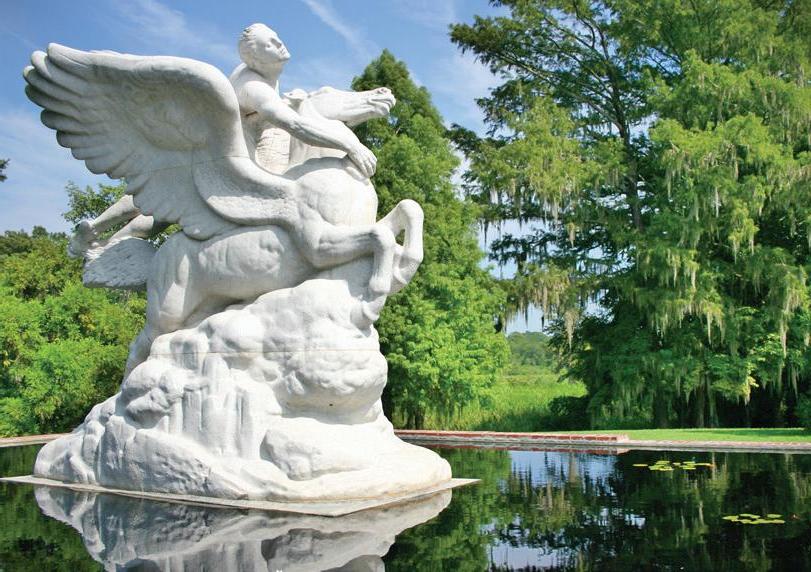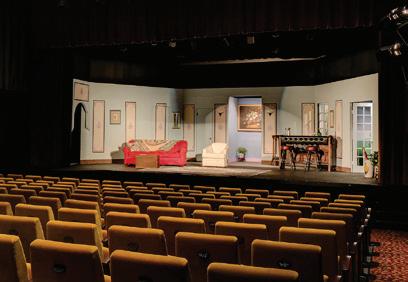
2 minute read
Culture Abounds
One of the best ways to learn about a new place is to visit local museums. Even if you’ve spent your vacations along the Grand Strand for years, a trip to a local art museum or one filled with historical artifacts gives a fresh perspective and stirs your emotions while connecting you with the past. And, while we agree that the beaches are outstanding, our marshes, rivers and estuaries are some of the most unique on the East Coast, and a trip to Hobcaw Barony will give you a new respect for our amazing tidal waters.
Brookgreen Gardens is both a beautiful garden and a museum filled with sculptures that take your breath away. A day at Brookgreen Gardens is one you and your family will never forget as you learn about the culture of the lowcountry, see the animals that make their home here and be amazed by sculpture set amid beautiful gardens.
Advertisement
An afternoon or evening enjoying a cultural arts performance is a pleasure to be savored. Coastal Carolina University in Conway has a full calendar of events from September through May. In fall
and winter, The Franklin G. Burroughs and Simeon B.
Chapin Art Museum, an offthe-beaten-path treasure of Myrtle Beach hosts special exhibits and events, as well as fascinating permanent collections.


Maybe theater arts are your favorite? Community theaters along the Grand Strand produce quality plays and musicals. The Strand Theatre in Georgetown and Theatre of the Republic in Conway are now using their “dark” nights to show classic and independent films.
In Conway, learn about Horry County history at The Horry County Museum, and while you’re visiting this historic riverfront city, take a walking tour and learn more about our county seat. Be sure to explore the local art scene in Conway. The downtown area has wonderful galleries and events throughout the year.

The Rice Museum on Front Street in Georgetown is located in the historic clock tower and explores the area’s fascinating rice culture. The Georgetown County Museum highlights nearly 300 years of local culture, and The Kaminski House, built in the late 1700s, features a large collection of fine antiques and still has many of the original floors and moldings.










